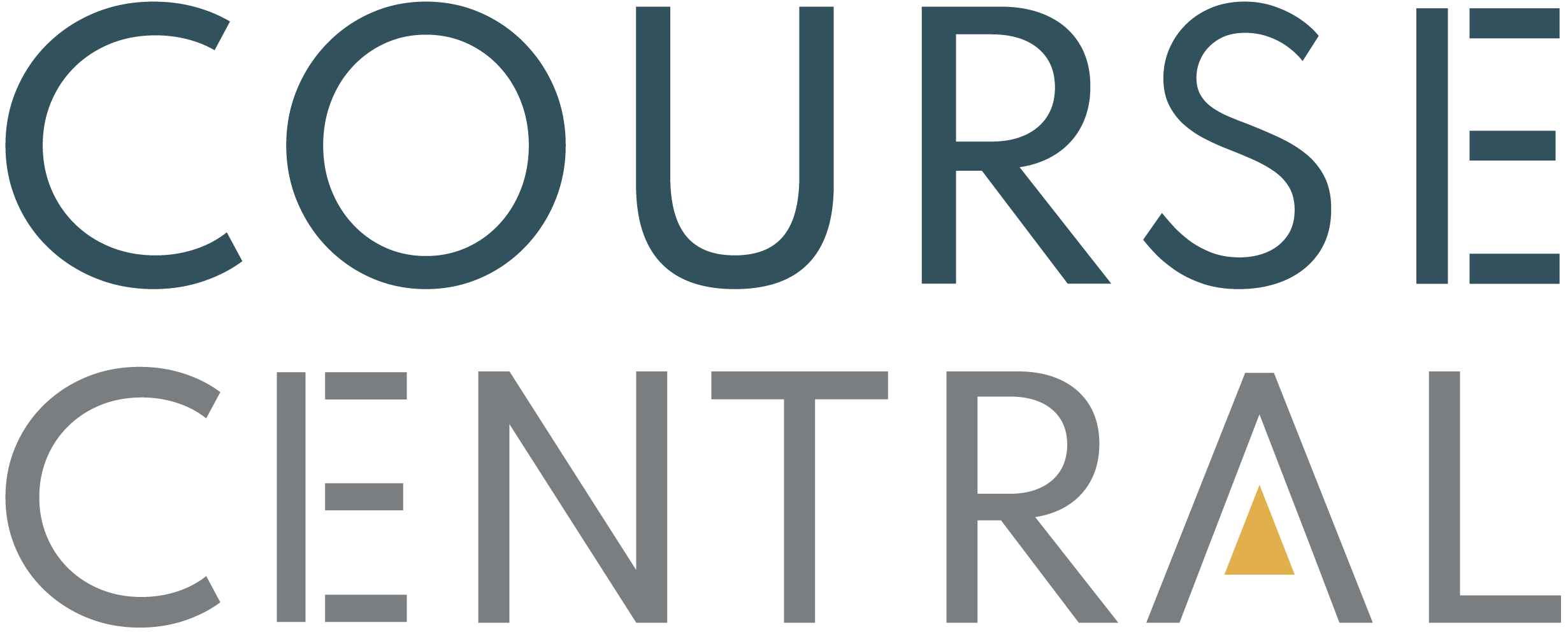Setup Menus in Admin Panel
“Accounting 101” and My Journey into the World of Numbers.
“Accounting 101 – Learn the Basic Principles the Right Way” is the course I recently purchased and completed with Course Central, and it has helped me to learn about the fascinating world of accounting. If you’ve ever thought that the world of numbers and financial records is a mystery, I invite you to help me figure it out. It’s a journey worth taking.
A Simple Beginning: Meeting the Five Account Types
The first lesson was the five accounting pillars: assets, liabilities, owner’s equity, revenues, and expenses. It was strange and interesting, like meeting new people at a party. As I learned more, the study helped me understand these ideas by giving examples I could relate to. Suddenly, these “account types” became characters in a story, and each played a key part in the financial story.
Double-Entry Accounting's Centuries-Old Legacy
A Journey of Debits and Credits: The Story of the T Accounts
T accounts—these simple diagrams ended up being my best friends on this trip. I was surprised they were in the shape of the letter T! Left for debits, right for payments. It was like cracking a secret code. What got my attention was how each T account was named after a transaction, which was a great way to remember what it was all about. It was like giving a part in an exciting book a name.
How to Use Accounting Software: When Tradition Meets Technology
I didn’t see the twist coming when they started using accounting software. These digital wizards—Xero, MYOB, and Quickbooks—took the standard accounting world by storm. As I figured out how to use the double-entry method, the software was a good friend, ensuring that debits and credits always went together. It was like having a reliable co-pilot on a bumpy financial ride.
The Enigmatic Origins of the T Account
A Eureka moment: Solving the accounting equation
Assets minus liabilities equals owner’s equity. Ah, that’s where it all comes down to. Getting a handle on this problem was like finding a treasure. It’s the best way to determine how a business is financially. This equation wasn’t just about numbers; it told a story about balance, power, and control. It was like putting the pieces together to see the whole picture.
From Chaos to Clarity: The Eight Steps
The course then took me through the eight steps of accounting, which gave me a clear picture of my money. Transactions, journals, and trial accounts were all parts of my accounting journey that felt like a new chapter. The idea of making changes added a bit of mystery and showed how important accuracy is. I had an “aha” moment when I saw the final trial balance. Everything made sense, like when you solved the last puzzle in an exciting mystery book.
Putting together reports and closing books: the end and the beginning
As I got closer to the last sections, I had done an excellent job. Putting together papers that used the language of money felt like writing the end of my story. Then, when I closed the books, it wasn’t the end, but the beginning. It was like closing a book and starting a new one with more information and confidence.
Why You Should Come Along for the Ride
So, here’s what’s going on. This class isn’t just about numbers and math. It’s about learning the language businesses use and taking the mystery out of the financial world, which can feel very big and scary. Mark Cunnigham aren’t just an instructor but a guide who leads you through the maze one step at a time.
The journey is fun and interactive, ensuring you’re not just a bystander but an active learner.
Are you ready to let your inner accountant out?
The Power of the Accounting Equation
If being in charge of your money appeals to you, this course is your golden ticket. “Accounting 101” is for anyone wanting to learn about accounting for the first time or to brush up on what they already know.
Imagine deciphering financial records, understanding how businesses work, and navigating the financial world with ease. It’s not just about adding up numbers; it’s also about giving people power.
Accounting 101: Start Your Journey Today and Learn the Basics the Right Way
The way to understand money is in front of you. Grab yourself and come with me on a trip through the world of numbers and stories. It’s a trip that will make your mind stronger and your future brighter.
Disclaimer: This blog post is about my journey and what I learned from Course Central’s “Accounting 101” course. Your experience might help you find out something new.
Other related courses:
© 2024 Course Central | website design & Maintenance by: menulane
Setup Menus in Admin Panel










